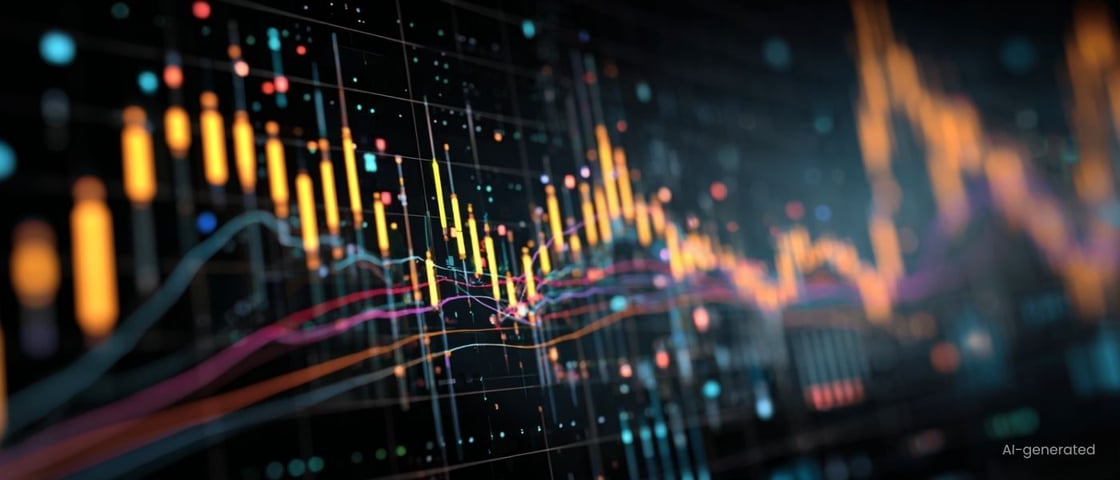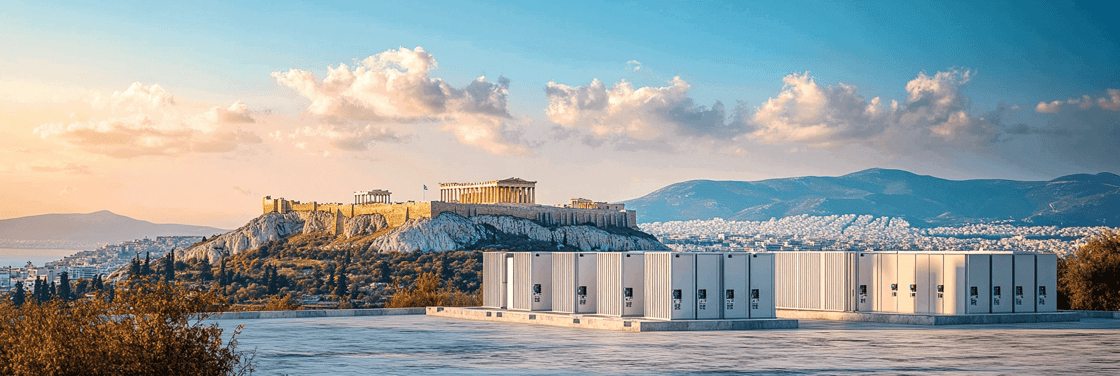Flexibility from decentralized energy
We can’t predict the future of the energy sector. What we can be sure of, however, is that a couple of decades from now it will be very different than it is today. As the energy transition advances, we can expect to see technological and policy developments that will impact the way the industry meets the challenge of decarbonizing energy production. And even though it’s hard to say what they will be, one thing is for certain: energy flexibility will be required, so we can successfully adapt to change.
Decentralization for integrating renewables
Flexibility is defined by the International Energy Agency as “the extent to which a power system can modify electricity production or consumption in response to variability, expected or otherwise.” With intermittent renewable energy sources such as solar power and wind power on the rise, that variability is becoming ever more present and, in order to cope, electricity systems need to be increasingly flexible. Decentralized energy resources (DERs) are an effective way to ensure that.
DERs are small to medium-sized generation assets that are connected to the distribution grid but generate electricity near the point of use and may also have the capability of storing energy and providing demand response. They include solar panels, battery storage, smart-charging electric vehicles, and combined heat and power units among others. These systems are commonly used by businesses and individuals for renewable energy production and storage, or as backup power sources. Wherever there is a high reliance on variable energy sources, DERs can improve the quality and reliability of the service. At the same time, consumers who have DER assets can reduce the price they pay for electricity as they can store surplus energy and sell it at a profit later, during peak demand periods.
As an umbrella term, DER covers a variety of renewable energy resources that can be combined into a single unit, and further opportunities open up when we add digital technologies to the mix.
When resources meet technology
Now that technology enables all of us to produce and store electricity, as opposed to only consuming it, customers can turn into so-called prosumers (a word formed from “producer” and “consumer”), active energy players who are both at the start and the end of the energy supply chain. They can manage the consumption and the production of their own energy either as individuals or as collective organizations, making use of a range of possibilities, from household rooftop solar panel systems to larger agro-industrial operations in rural areas.
A self-sufficient energy system consisting of one or more kinds of distributed energy resources that produce and store power for a facility, such as a hospital or a university campus, is called a microgrid. It’s an interconnected network of individual DER prosumers that provides electricity for nearby customers and, due to its control capability (the microgrid controller), can operate autonomously from the central grid. Since it can isolate itself from the main power network, it guarantees that power is available even in the event of an outage, allowing prosumers to be more grid-independent.

Just as a microgrid uses different types of resources, a smart grid uses digital technologies to enable a two-way electricity and data flow that makes it possible to respond and adapt to the changing electric demand. It’s precisely this bi-directional interactive capability of smart grids that make it such an innovative technology and one that facilitates decentralization. There is some confusion as to the difference between these two types of grids that we need to clear up. To begin with, a microgrid doesn’t have to be smart, it is behind the meter and can isolate itself from the main grid by using decentralized resources. By contrast, the smart grid is the main grid that operates at both distribution and transmission grid levels and relies on both centralized and decentralized power sources. It offers the following benefits:
- ensuring continuous transmission in case of a power failure (i.e. increased grid resilience and security)
- integrating customer-owned renewable power generation systems
- more efficient management of electricity
- more participation on the consumer side (e.g. with the help of smart meters)
While grid flexibility is by no means a novel concept, driven by the types of energy resources and technologies that are becoming prevalent worldwide, it keeps evolving. Maintaining the balance between generation and load is paramount for keeping the grid stable, and today there are more players than ever before that can provide the flexibility that power networks need. New business models like the ones described above are being developed to manage, market, and, perhaps most importantly, create flexibility. This transformation, however, is not without its challenges.
Democratizing energy generation
In a recent podcast on CTRM Radio, our founder and CEO, Jürgen Mayerhofer, named regulations (or the lack of them) as a major obstacle to achieving maximum flexibility. Players that own decentralized assets are struggling to access the market because current regulations in most countries favor transmission system operators: for instance, a single household with a few solar panels don’t get the same opportunities as a large-scale energy provider. Aggregation, which allows small producers to participate, is a way around this problem. By teaming up, a group of distributed assets can make energy purchasing decisions and secure competitive electricity prices by participating in short-term power markets, such as day-ahead auctions, intraday auctions, and continuous intraday markets. Trading on these markets incentivizes DER owners to dispatch their energy, rewarding them financially by enabling them to sell power when favorable prices are available, bringing more flexibility and reliability to the grid in the process. Currently, however, integrating DERs into large centralized networks is still a challenge, and a legal framework needs to be adopted to make the integration possible.
In addition to legislative obstacles, there is still room for improvement, both in terms of infrastructure and technologies as well. Despite all the advances, a lot of buildings don’t have energy-efficient heat pumps, battery storage options aren’t widely available, and few electric vehicles are equipped with vehicle-to-grid technology, which can essentially turn them into energy storage.
The pace of the transition is fast, but could be increased further - with proper legislation in place, achieving more and more market flexibility will be possible in the near future. Until then, we’ll keep going forward, with the mentality Jürgen described in the CTRM podcast: “Give it a try and improve it step by step.”



